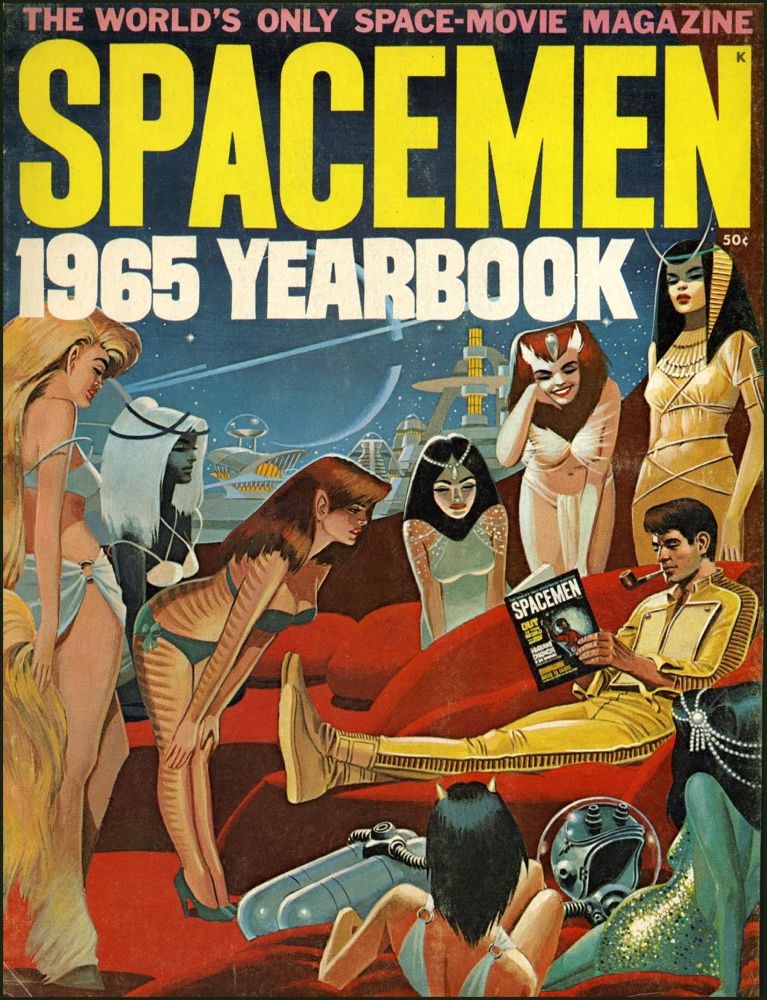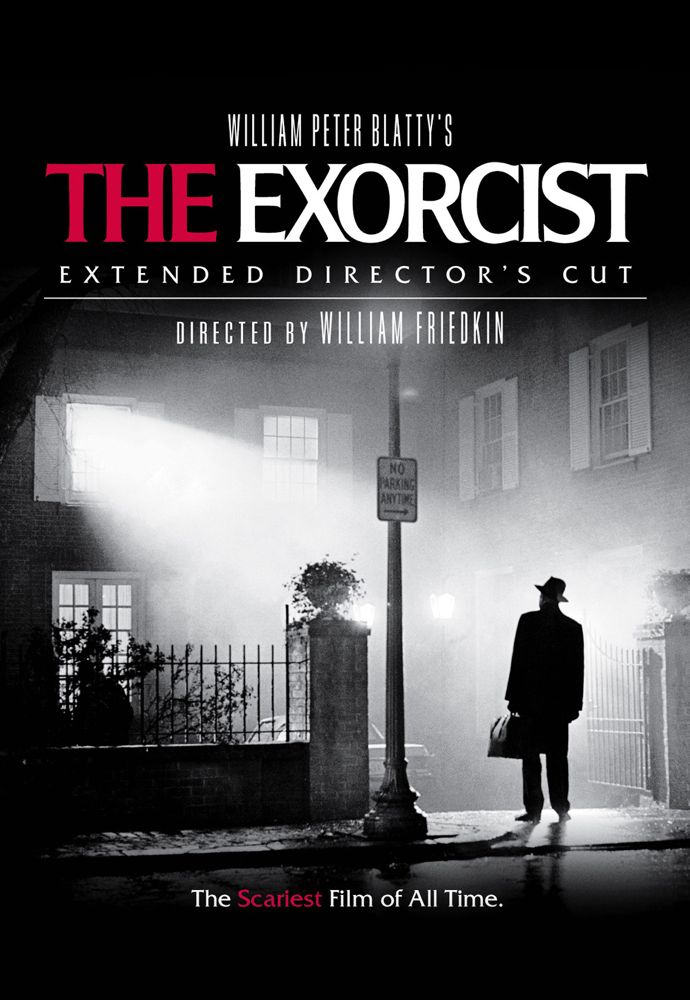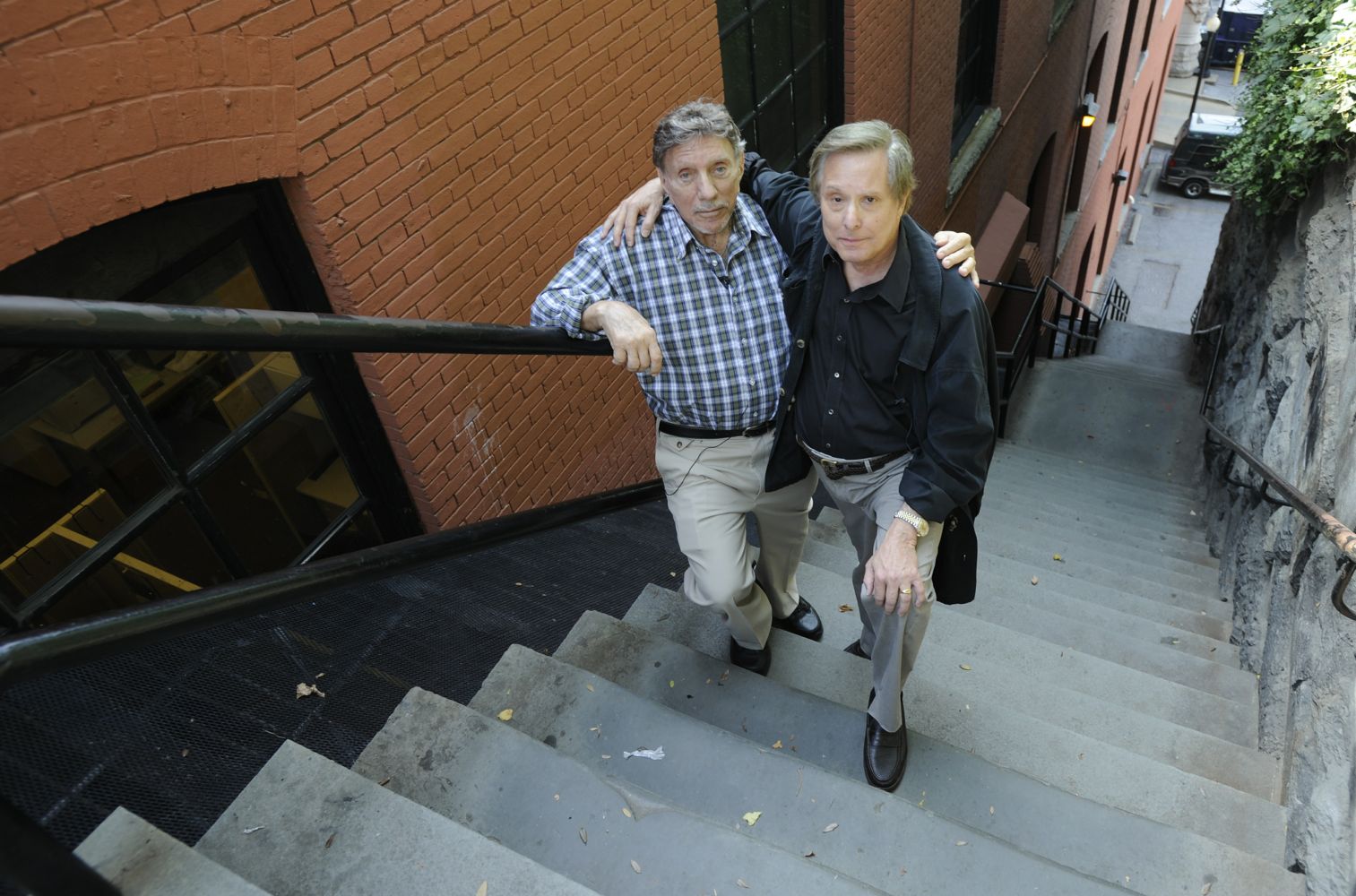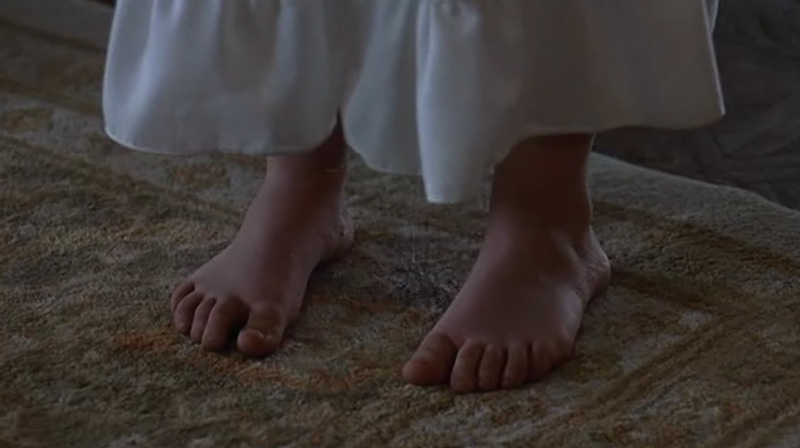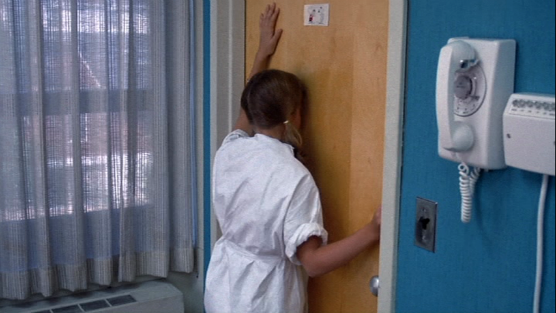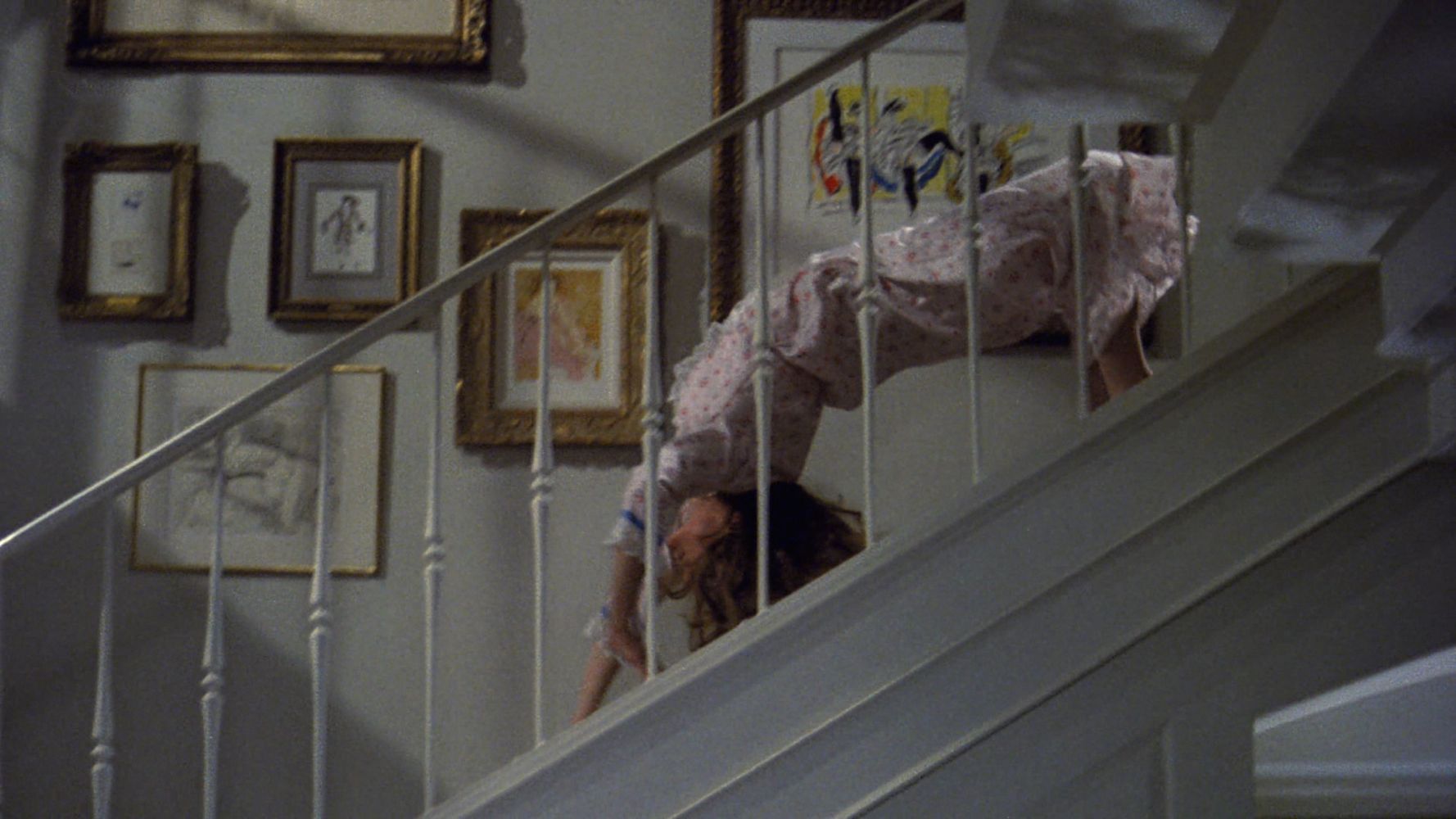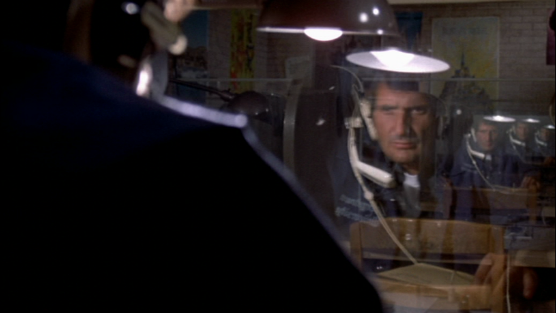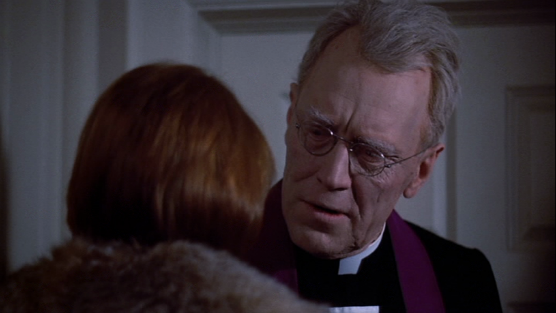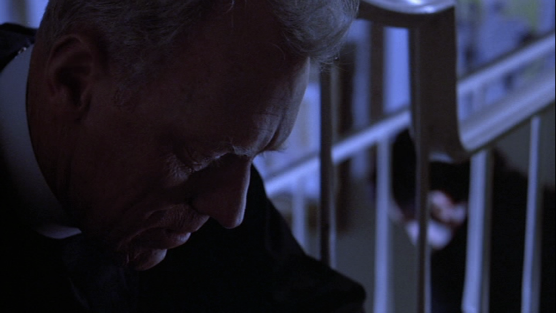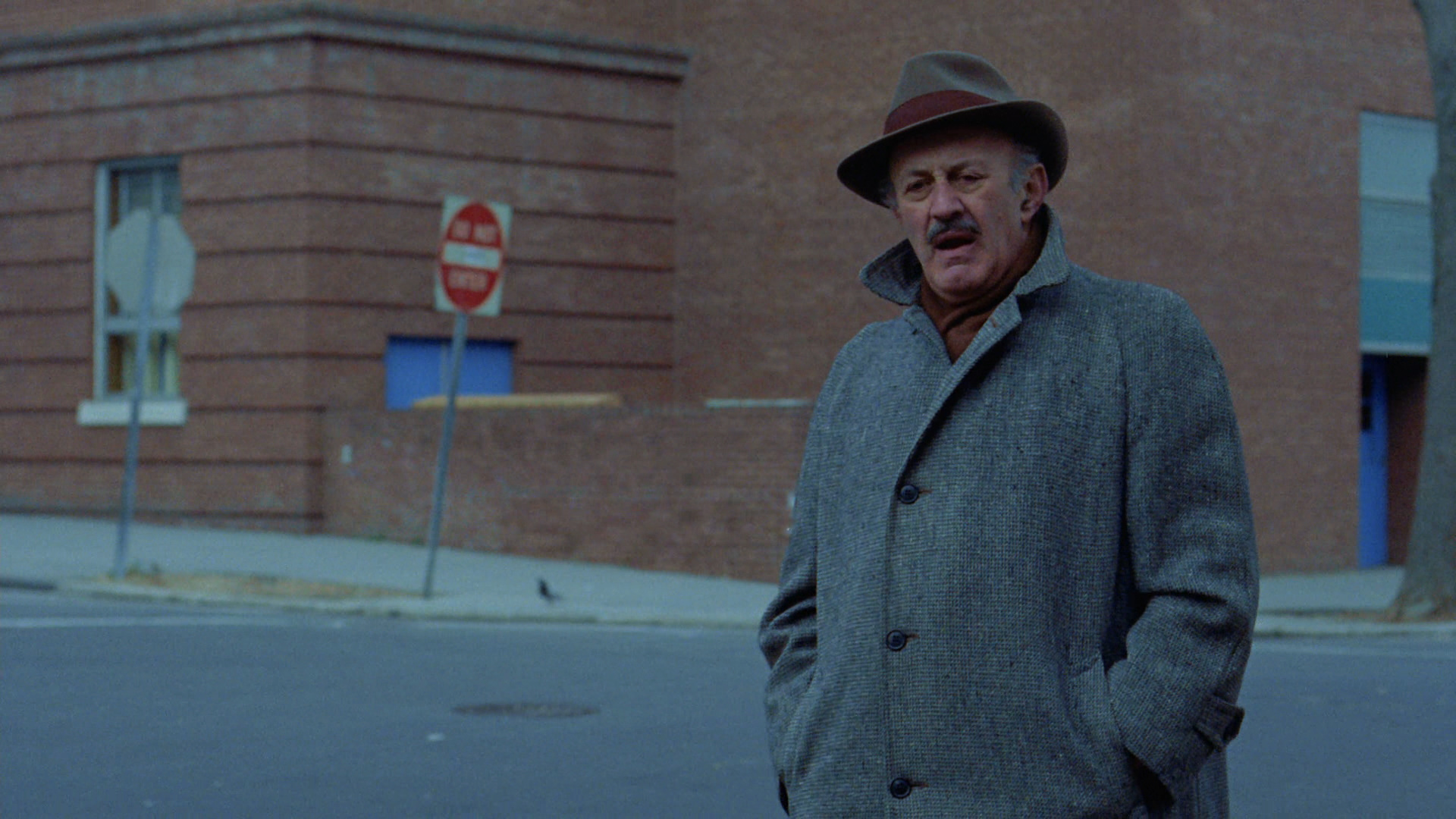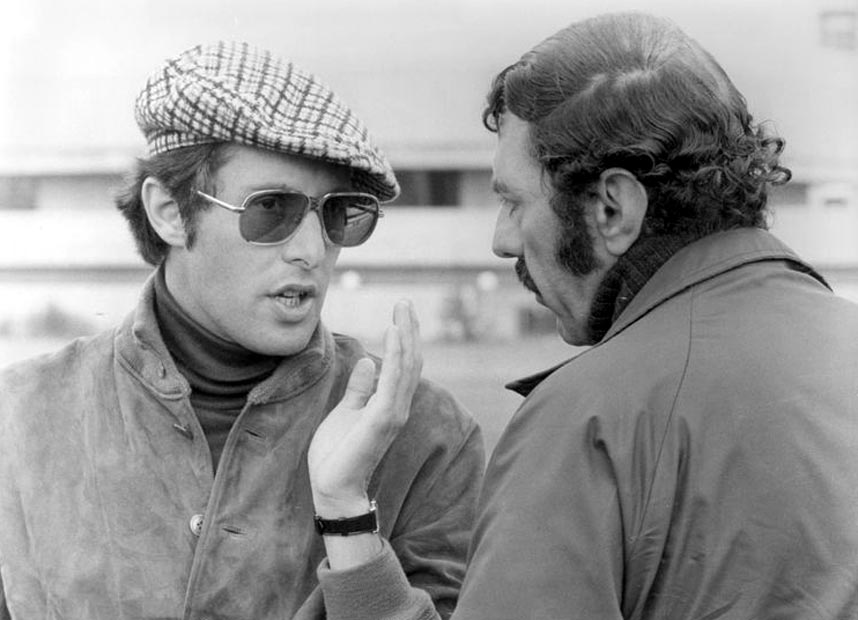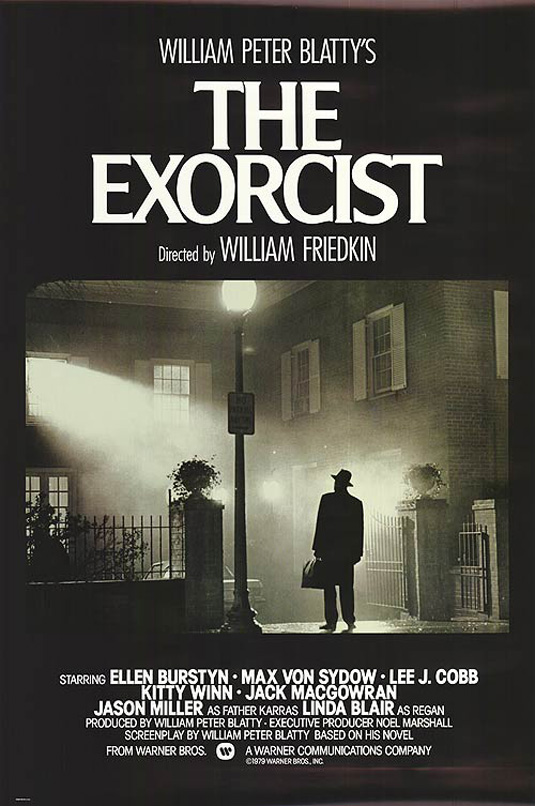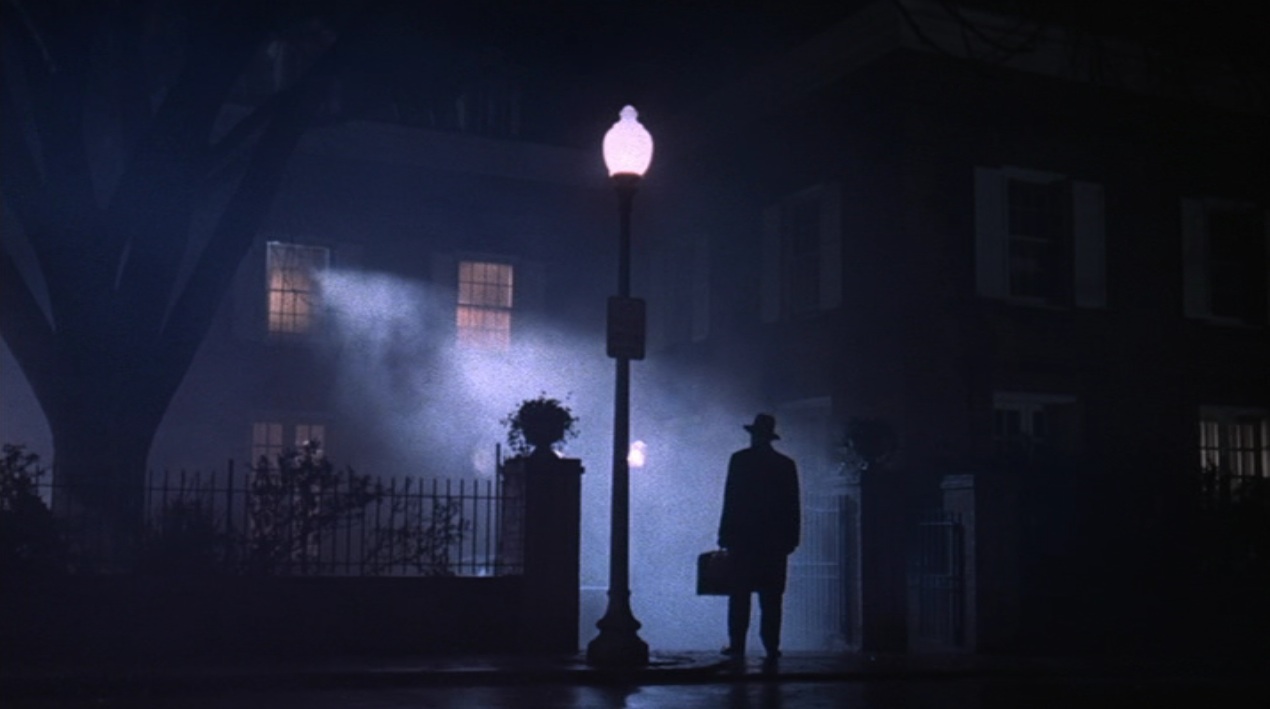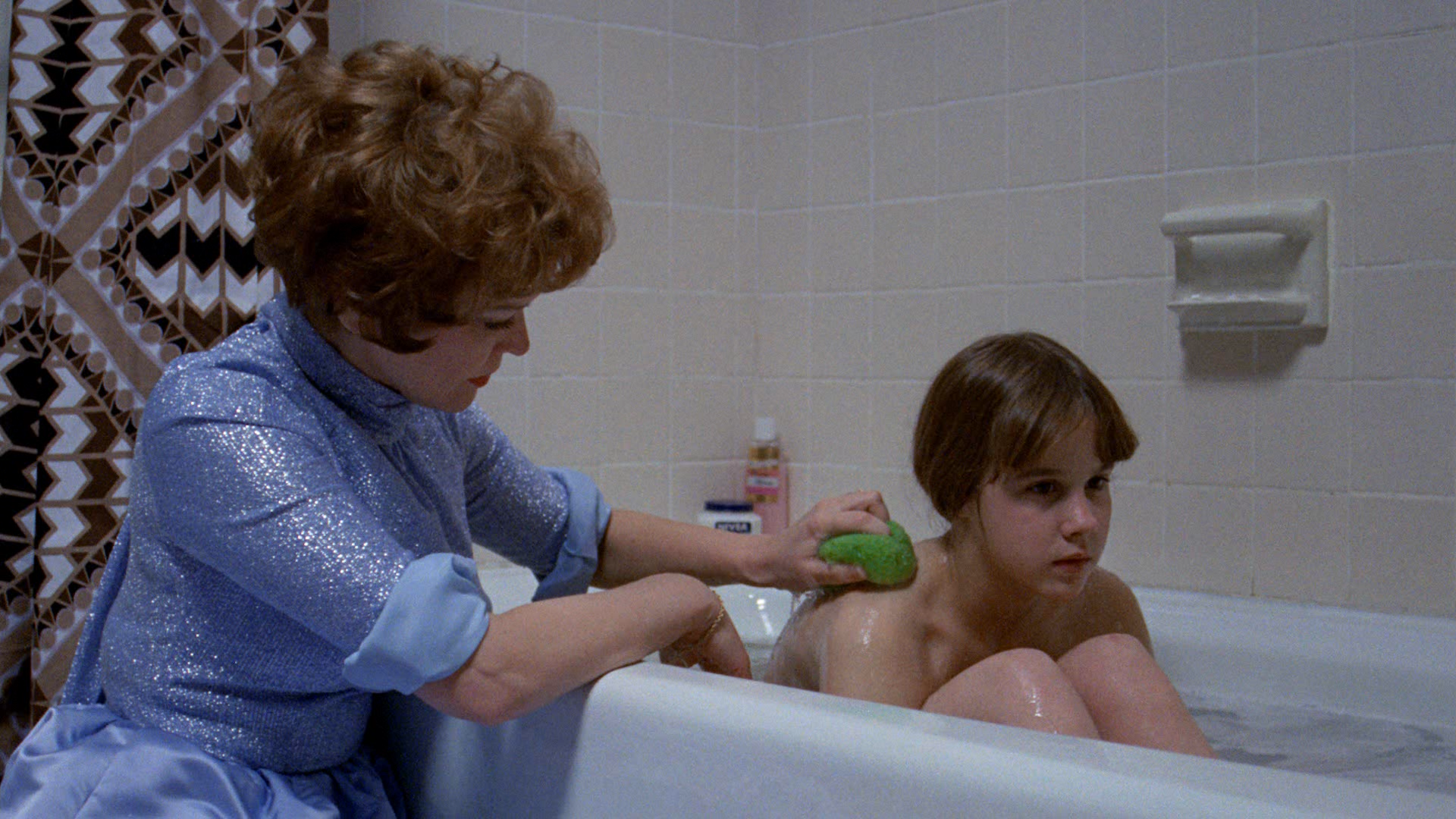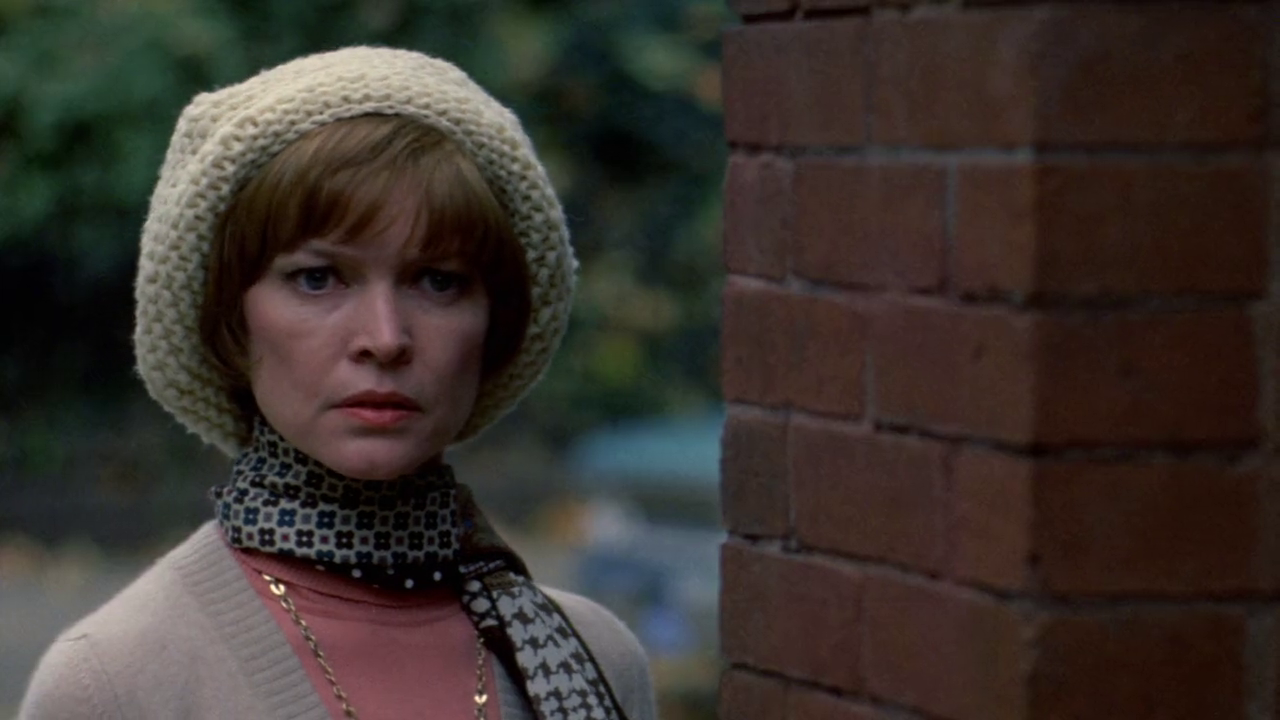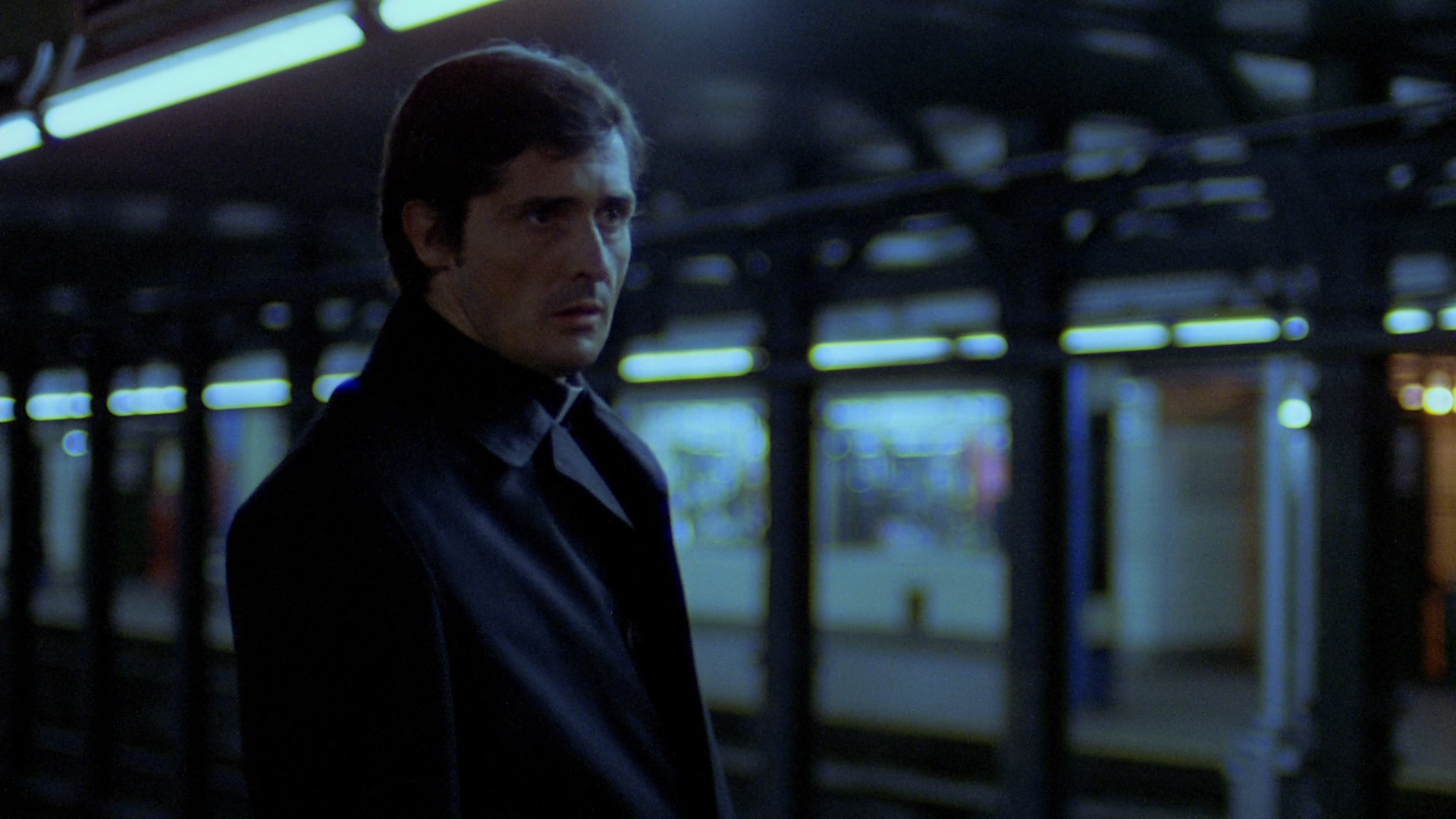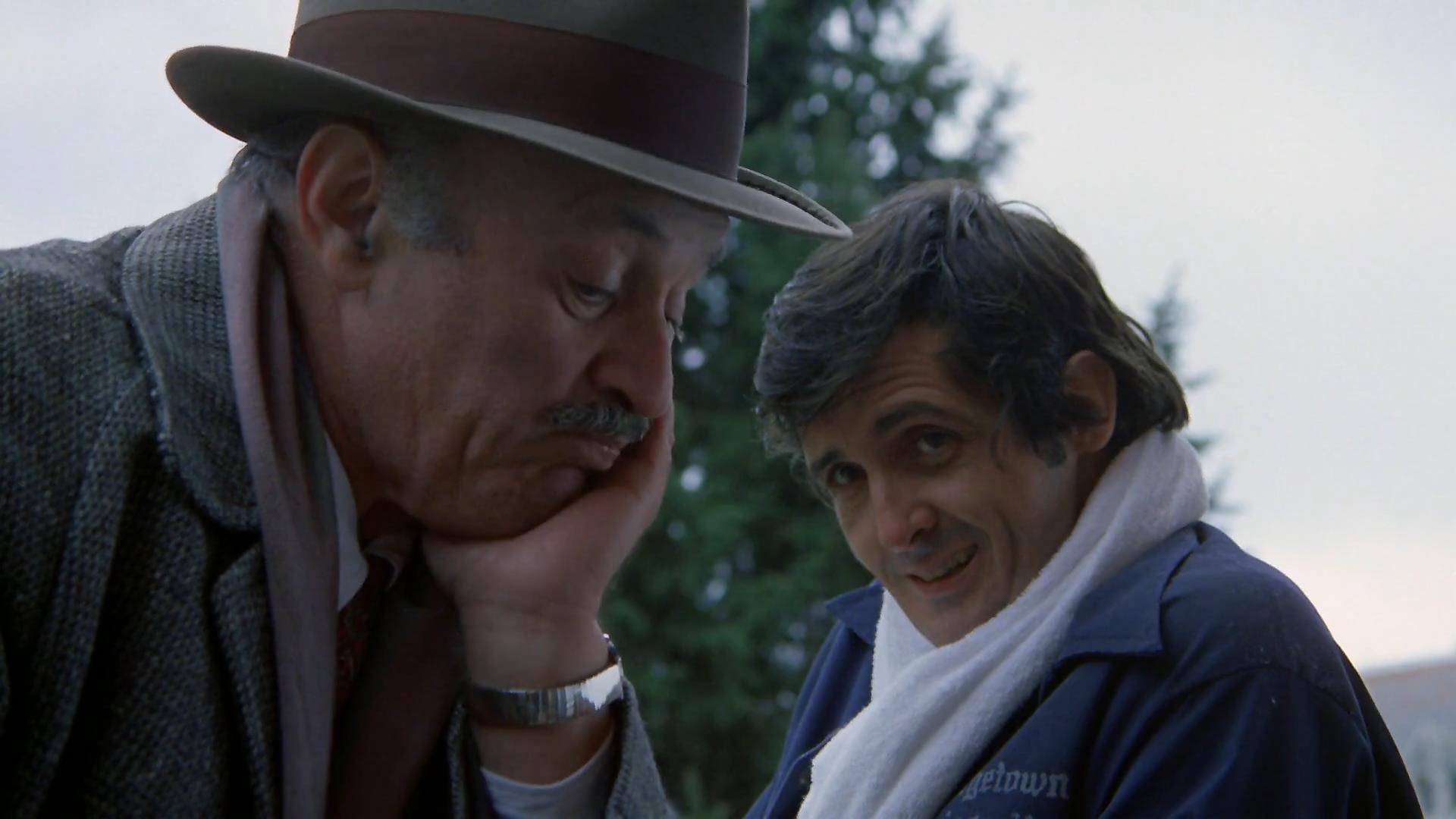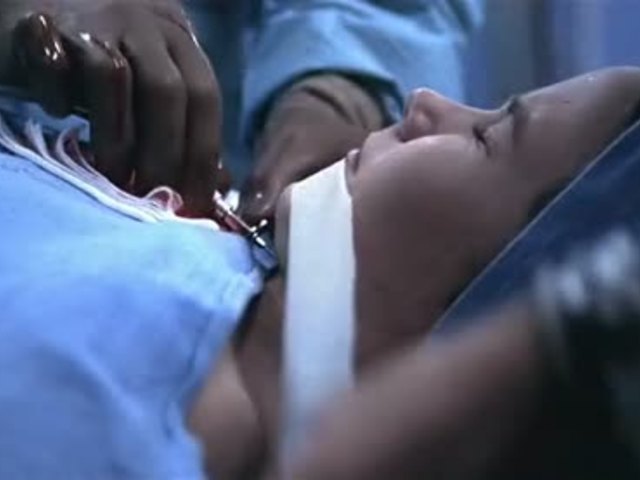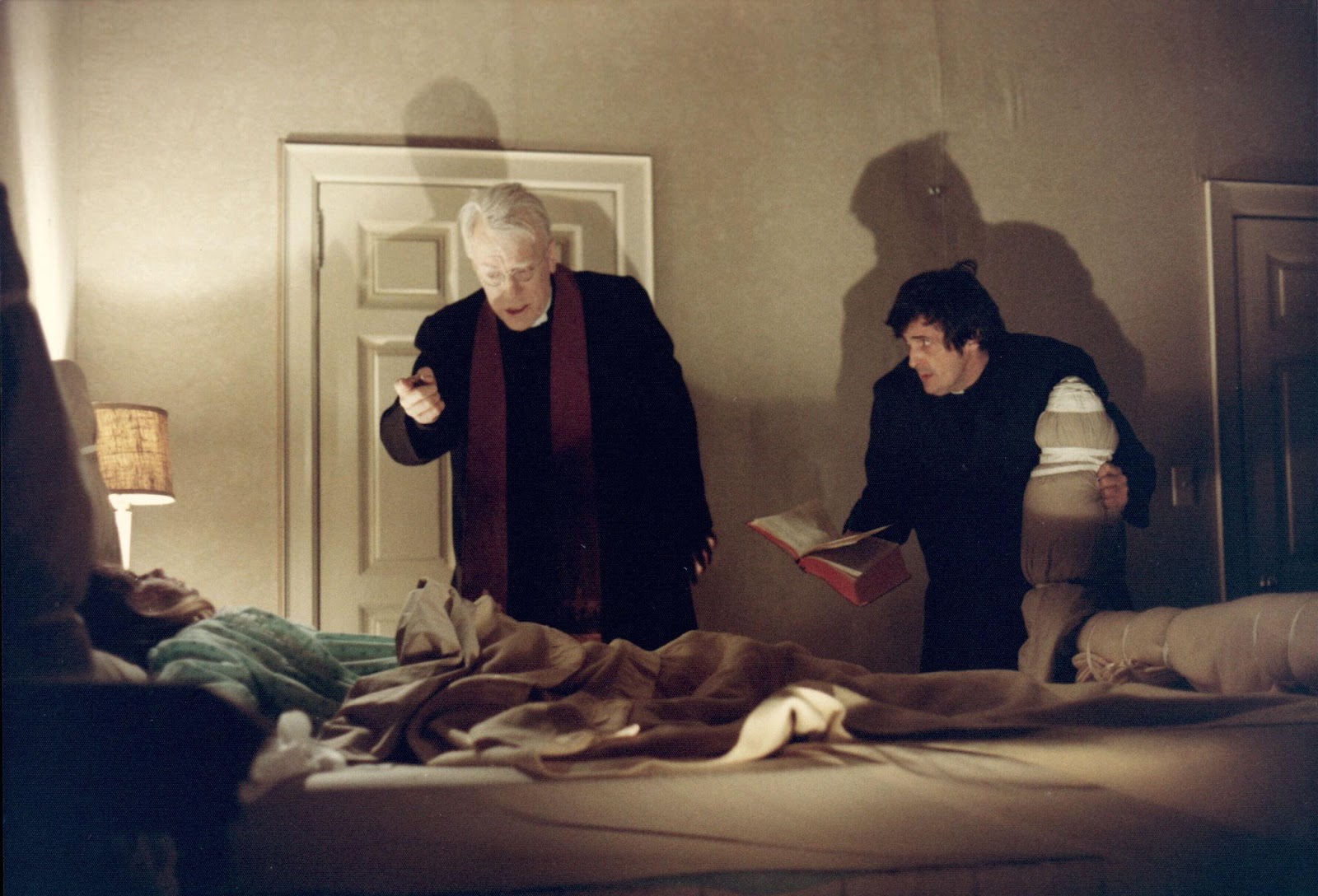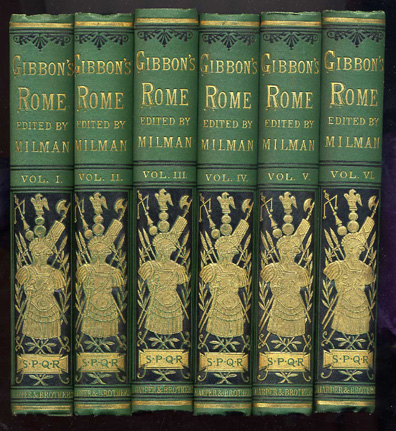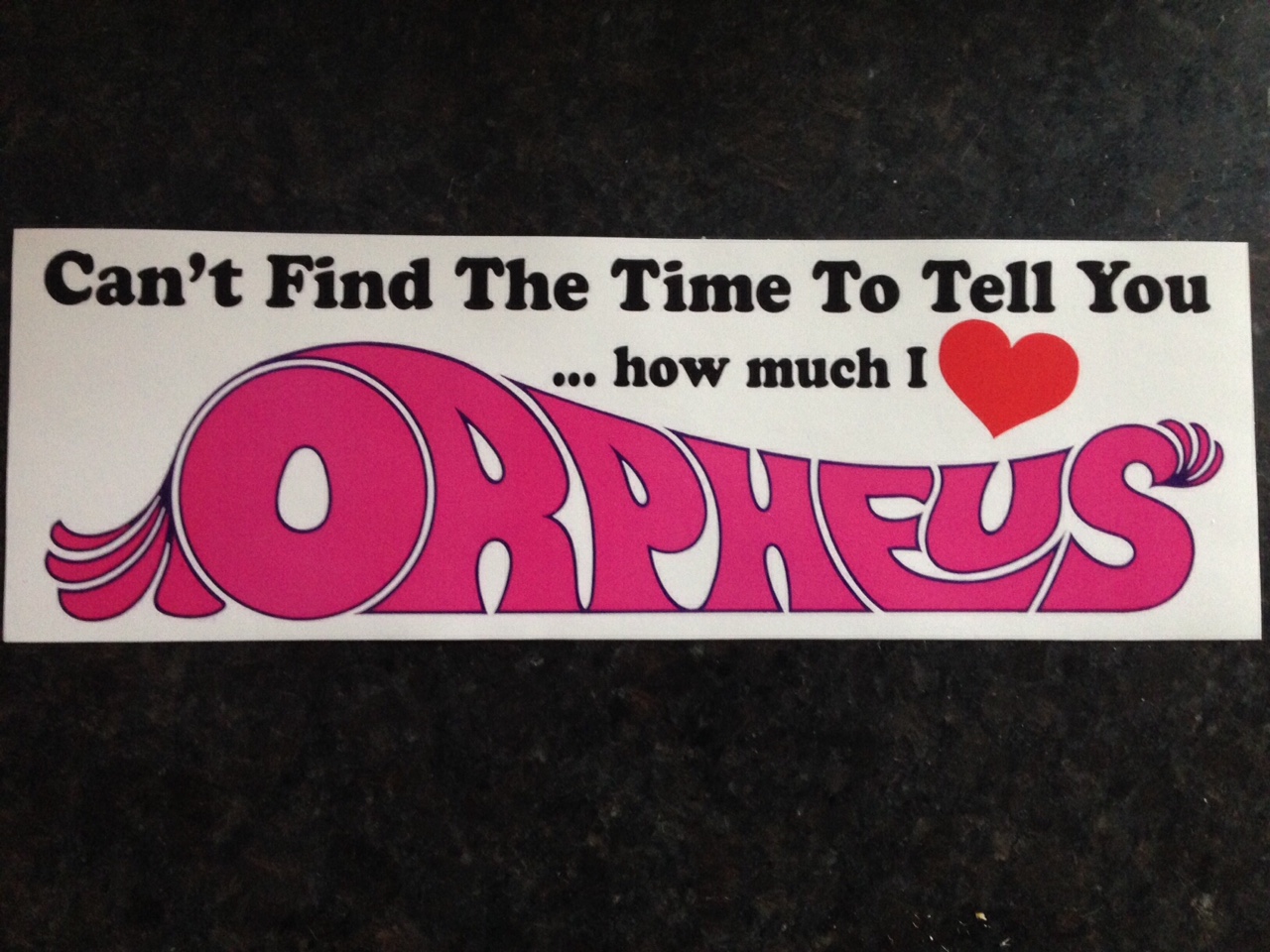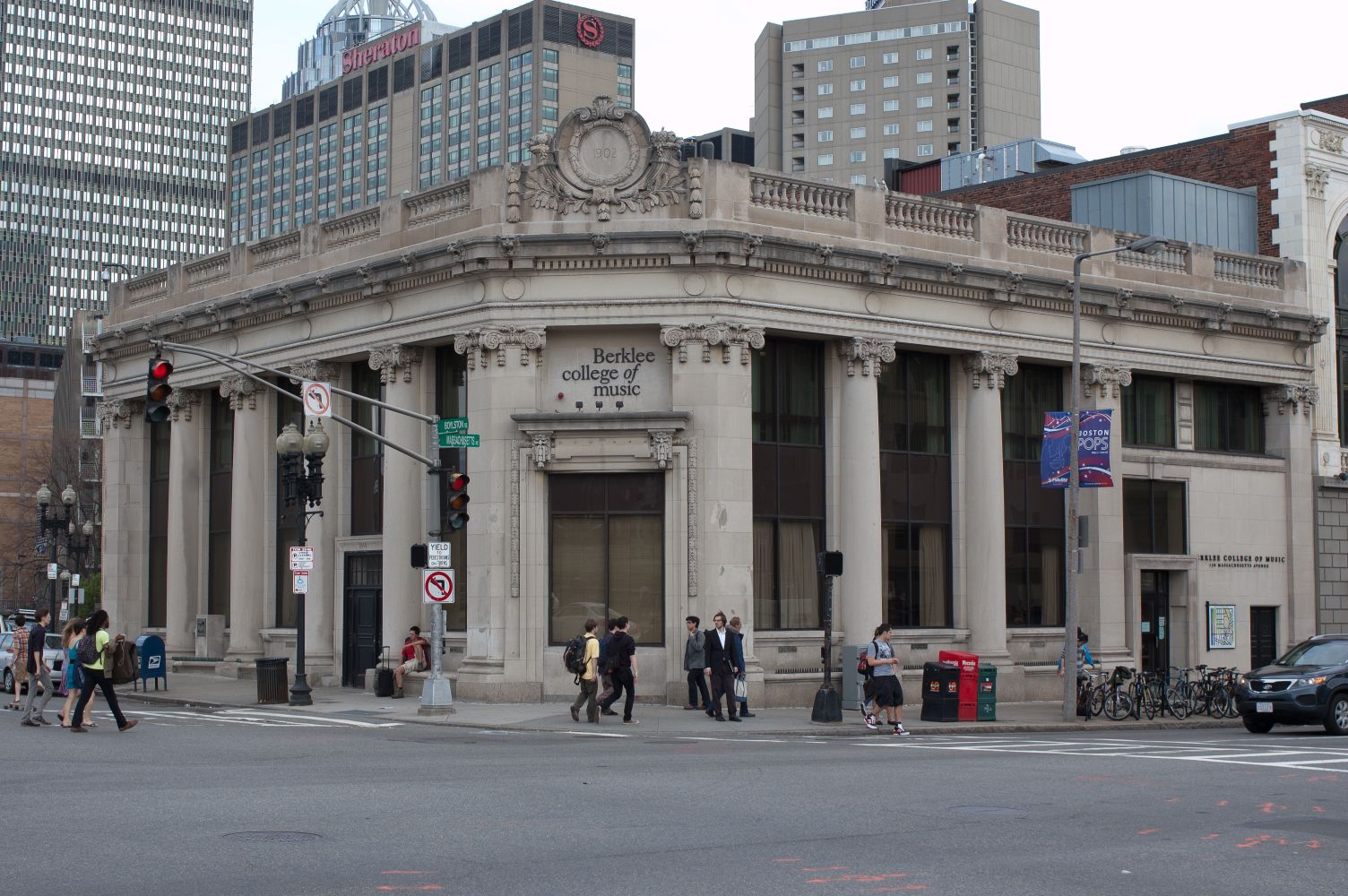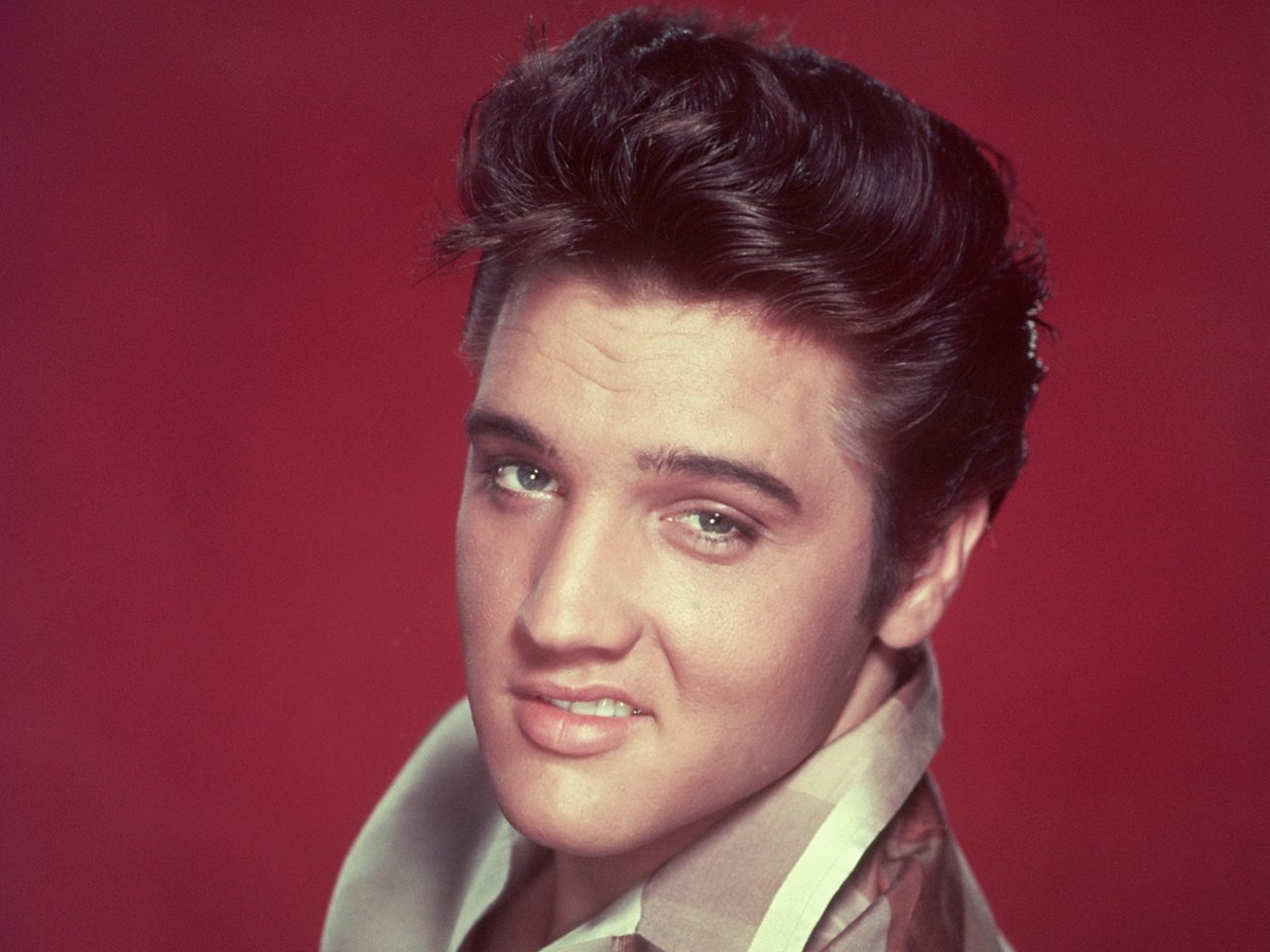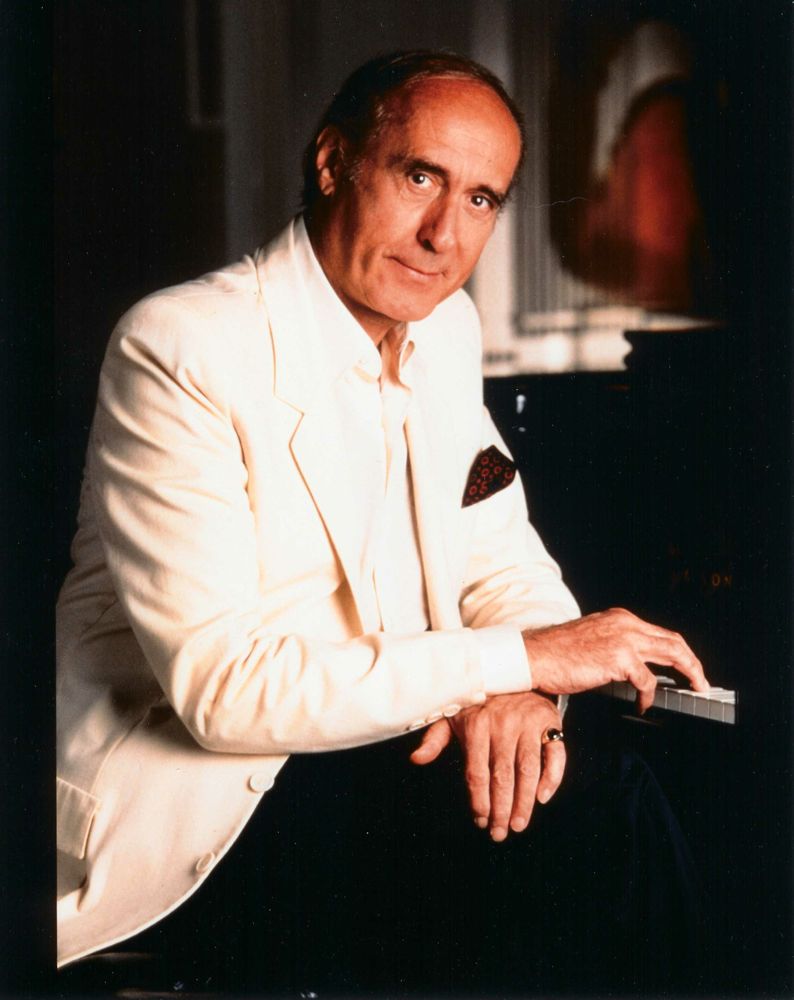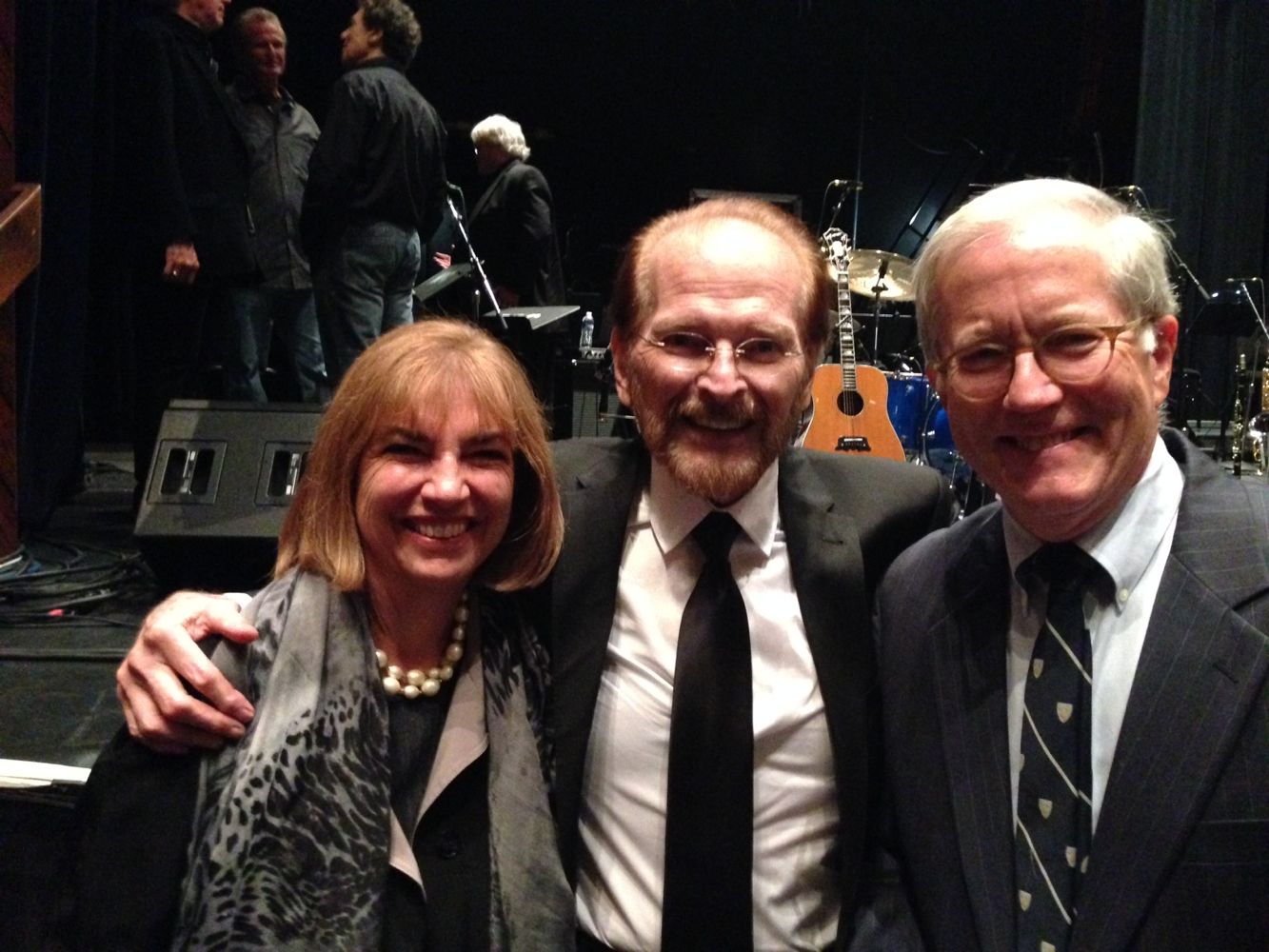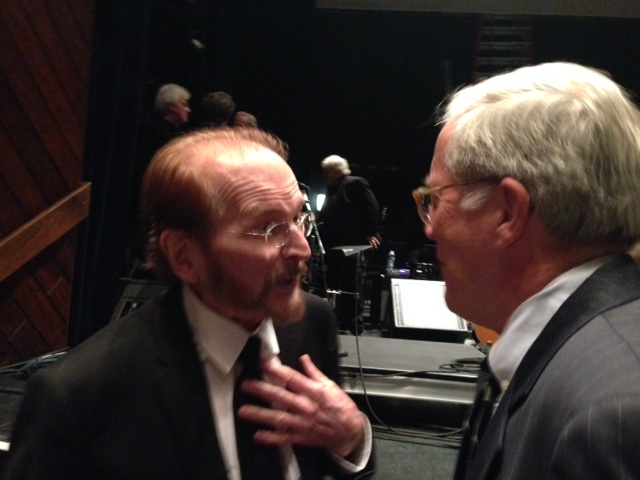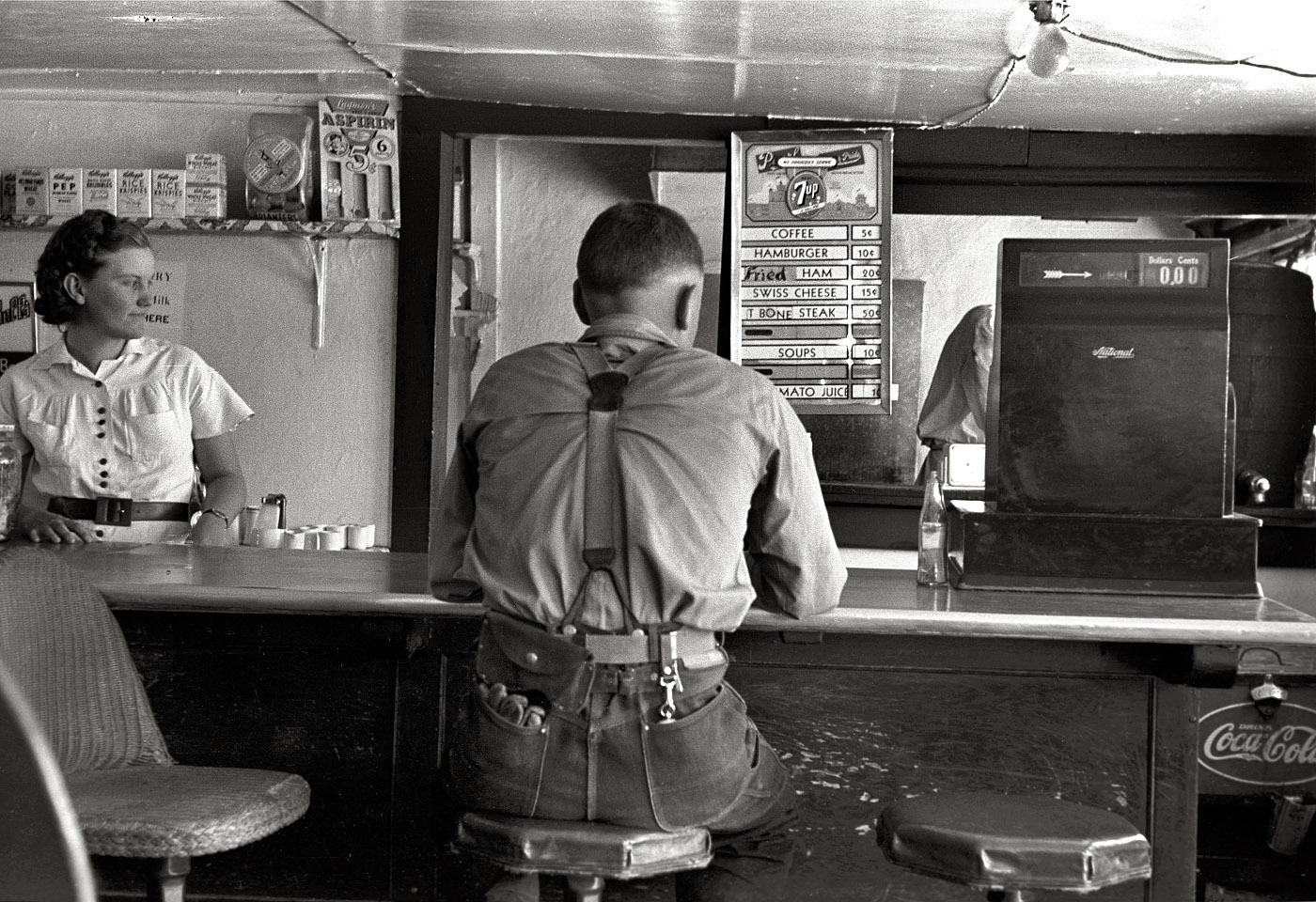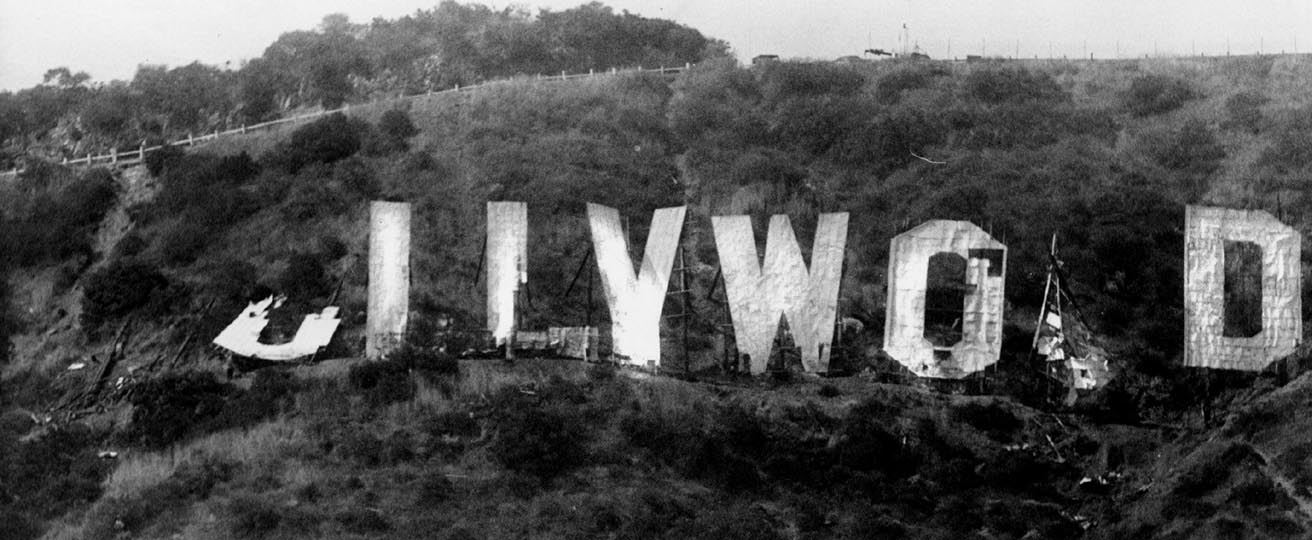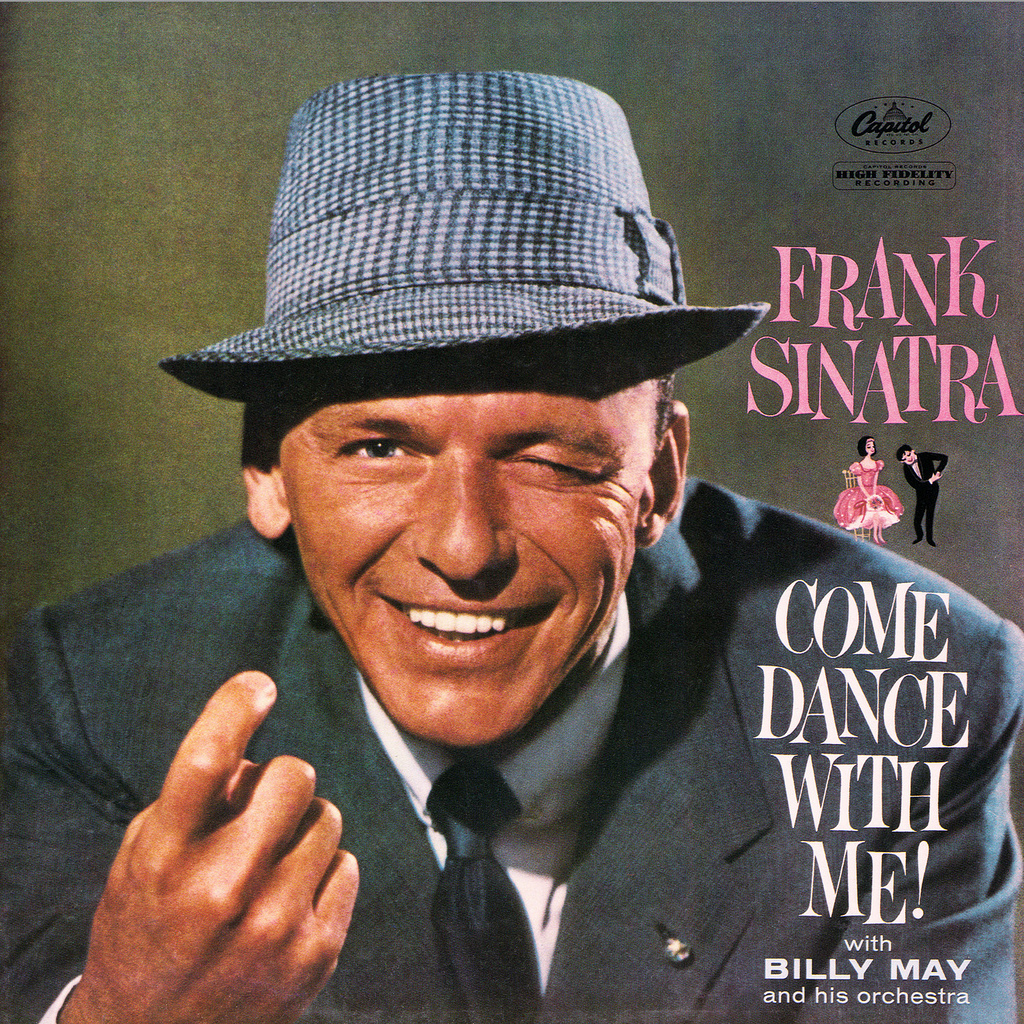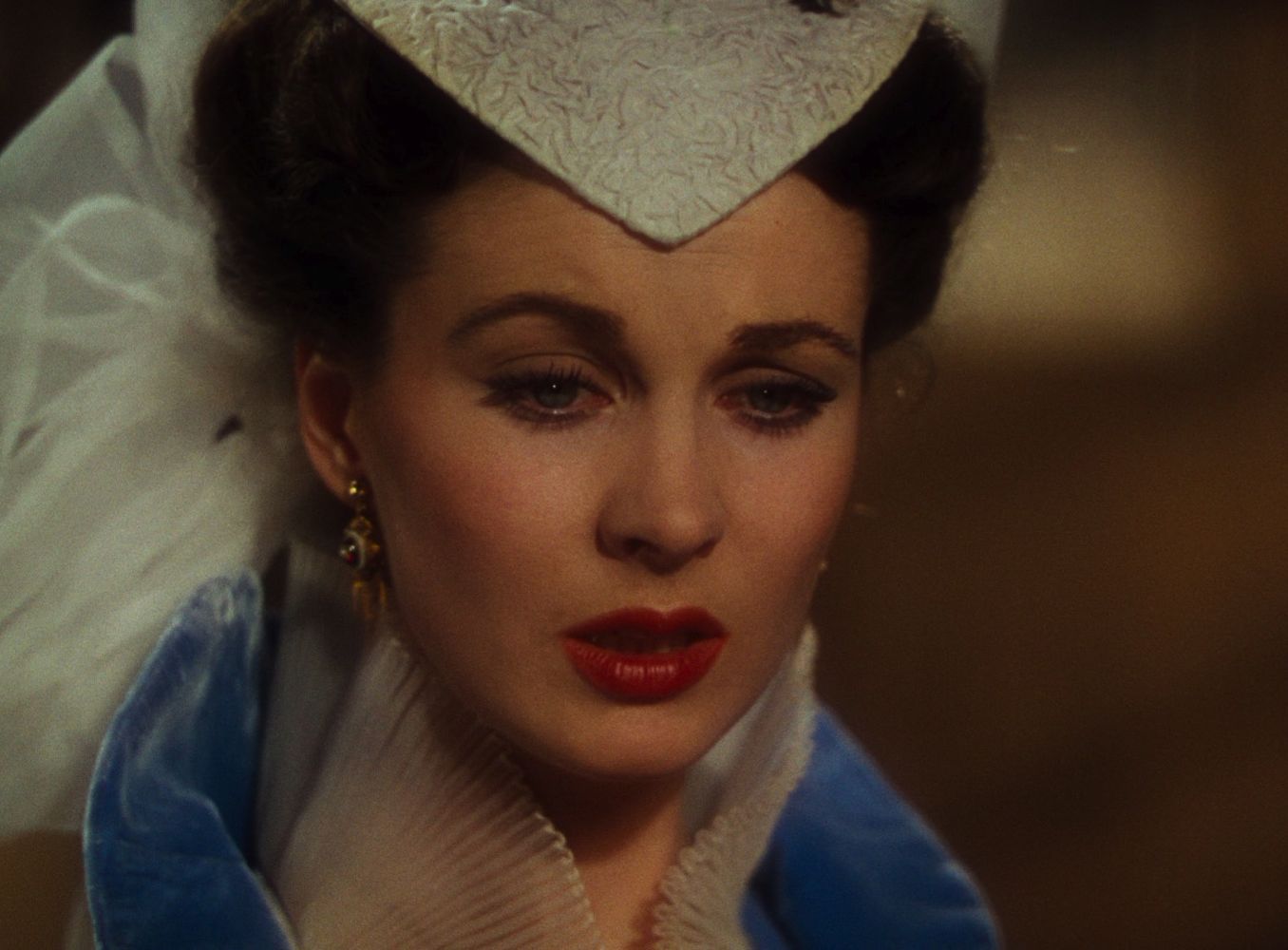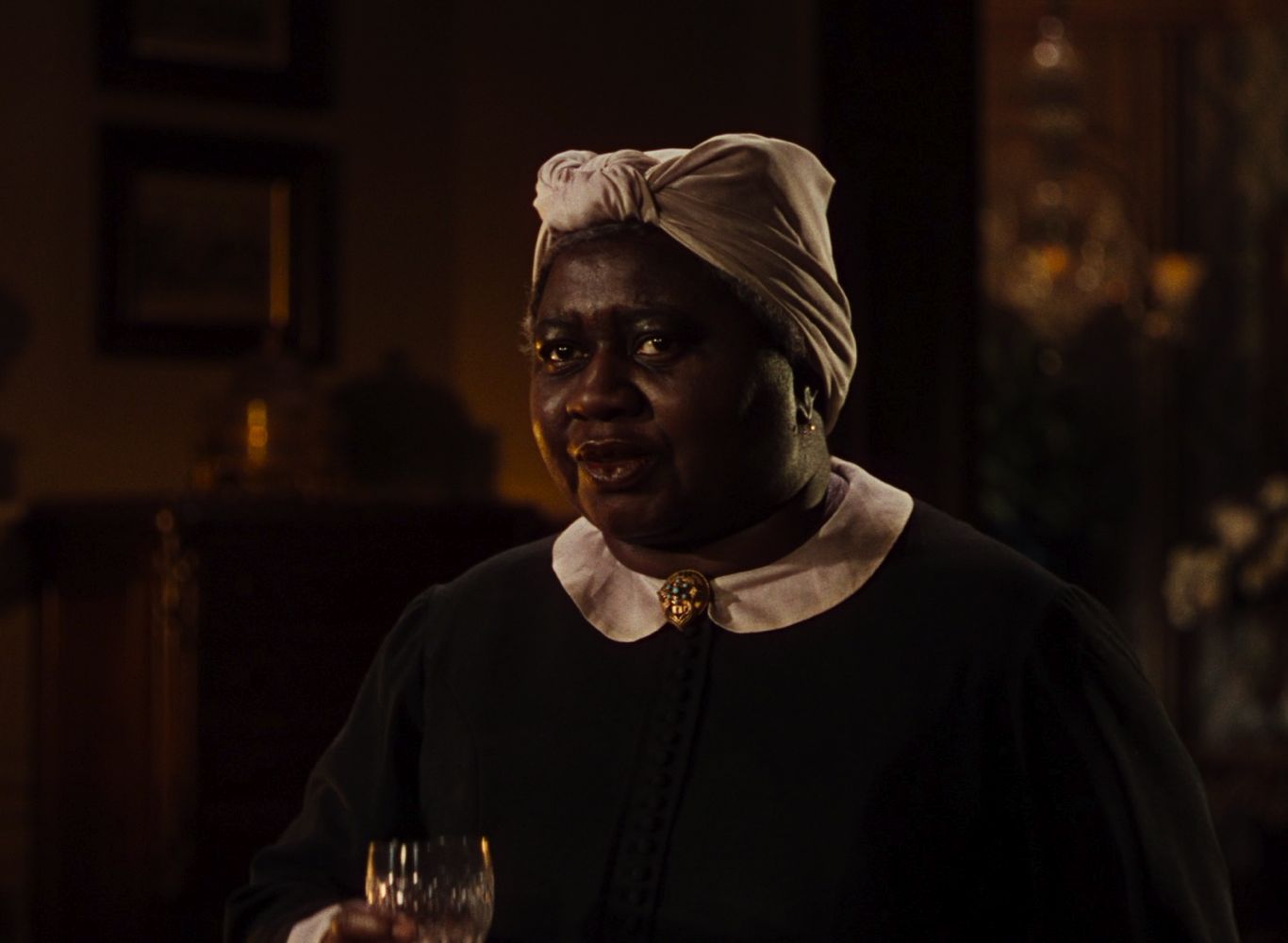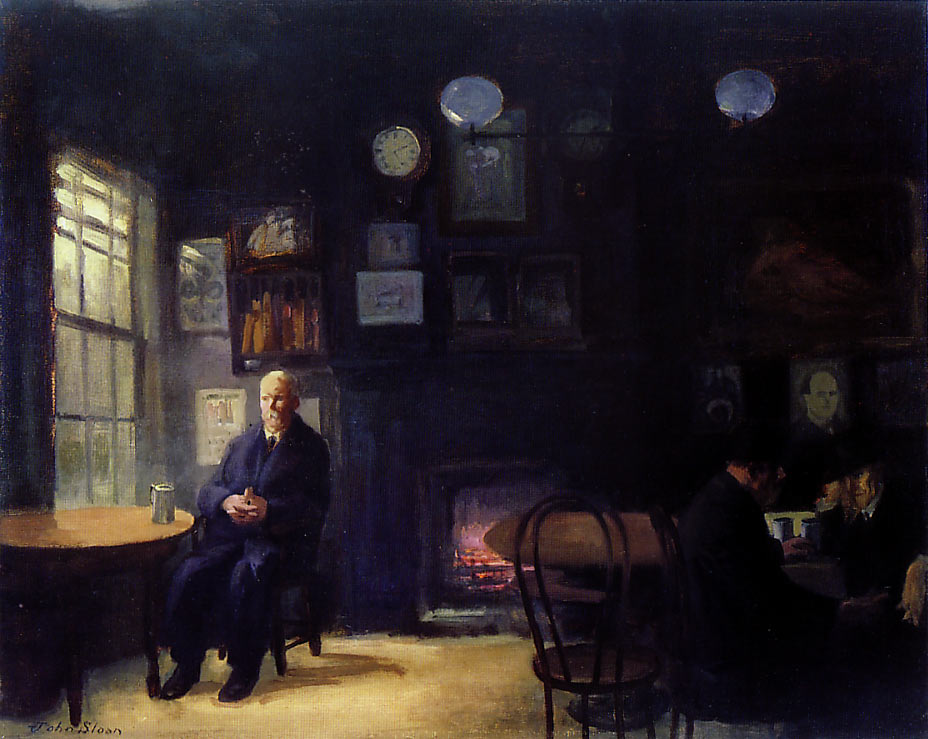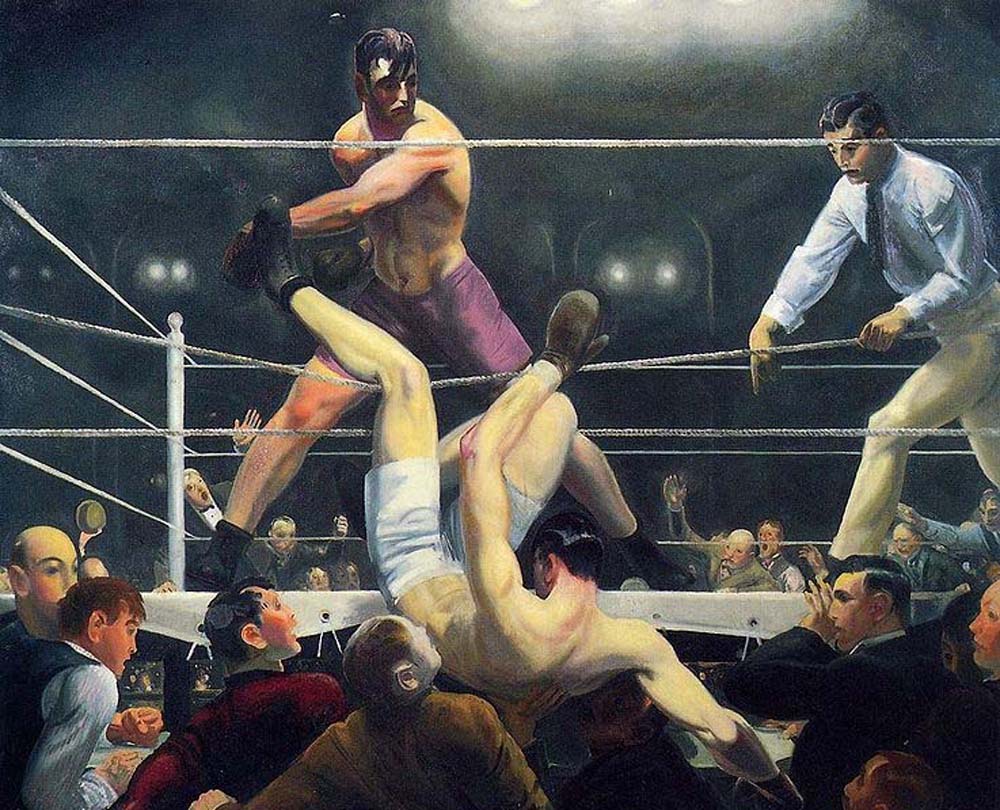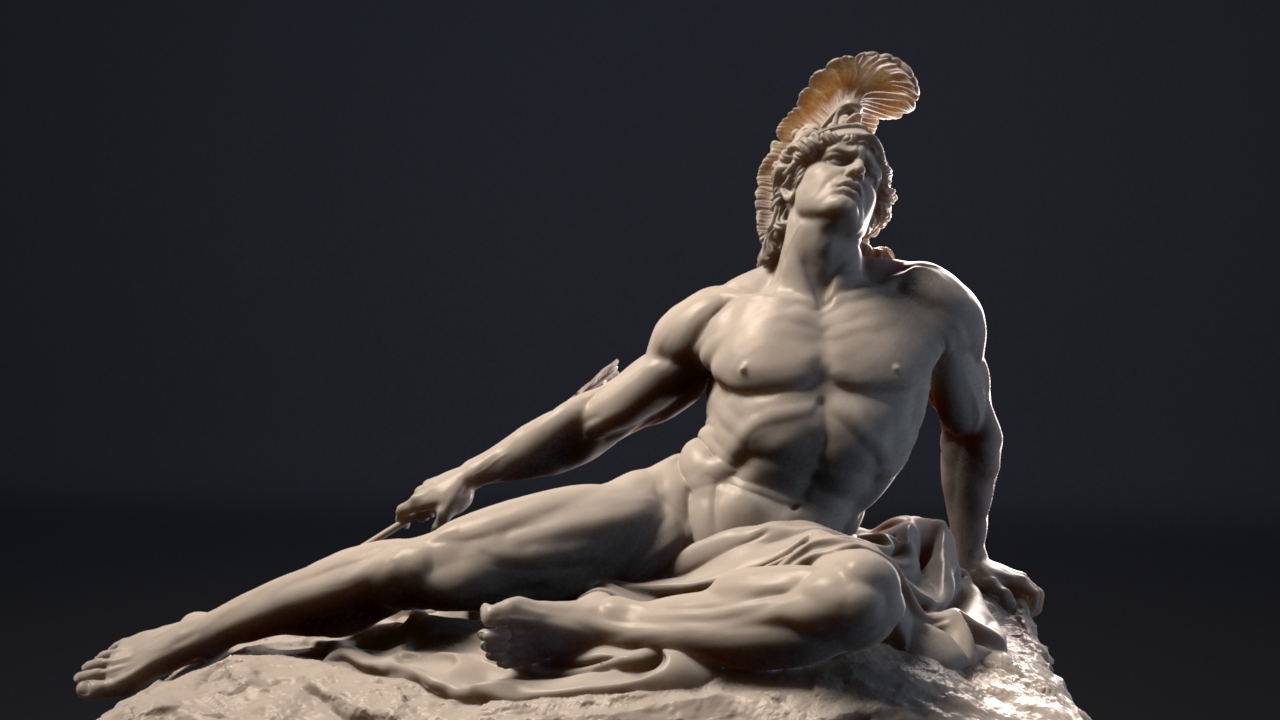Author Archives: Lloydville
SHENANDOAH
America has no future, but its past will echo down the ages in glory, and we own part of it — that glory will be our home, and the home of freedom loving people, forever.
A ROVIN’
A MAGAZINE COVER FOR TODAY
THE EXORCIST: EXTENDED DIRECTOR’S CUT
[Note: This analysis of the extended director’s cut of The Exorcist contains spoilers. If you haven’t seen the film you ought to do so immediately, but you should watch the original theatrical cut first, for reasons I outline below.]
In 2000, William Friedkin (pictured below in that year with screenwriter William Peter Blatty) created an extended director’s cut of his 1973 film which restored several scenes eliminated from the original theatrical release, adding about twelve minutes to the running time of the film. All of the restorations, for various reasons, are unfortunate and seriously undermine the film’s power.
One of the greatest virtues of the original cut of The Exorcist was its pacing, moving by inexorable but largely subliminal degrees from ordinary anxieties and misfortunes into the realm of the supernatural. Friedkin’s calculation of this progress was impeccable in the original cut and tremendously effective.
In the original we sense — without being obviously alerted to — the tensions of the McNeil household, the psychological disturbance at work in young Regan as she tries to deal with her parents’ divorce. The depth of that disturbance doesn’t become alarming until Regan urinates on the carpet during the course of one of her mother’s parties.
It’s one of the most harrowing moments in the film because it combines the social distress of Regan’s mom and her guests with a graphic representation of the child’s emotional instability. It is followed by the first potentially supernatural event of the film — the violent and uncanny shaking of Regan’s bed.
Friedkin, however, in his extended cut, has chosen to restore an earlier scene (above) of Regan being examined in a hospital, which reveals her developing neurosis more clearly and warns us how serious it might be or might become. This scene totally undercuts the urination episode, prepares us for it and lessens the shock of it.
At the same time the restored scene doesn’t tell us anything we haven’t already sensed about Regan’s state of mind, and as usual in a drama, especially in a horror film, what we sense tends to be far more powerful than what we are told.
Friedkin also restored a brief scene that was meant to follow the news of Burke Denning’s death. The moment Chris McNeil learns of this, Regan appears crawling upside down and backwards down the stairs, like a spider.
Friedkin originally cut the scene because the wires used to create the effect were visible on the stunt double who performed it, and this was in the days before such wires could be eliminated digitally.
It’s a potent and creepy image but it’s out of place at that moment in the film. In the first place, as Friedkin and Blatty once admitted in a filmed interview, it gives the scene a double climax, lessening the impact of the news of Denning’s demise.
More importantly it shifts our attention from the mystery of Denning’s death, a possible murder committed by Regan, to a graphic and undeniable demonstration of Regan’s demonic power. The murder mystery element, which soon involves the police investigator Lieutenant Kinderman, is a kind of diversion from the supernatural angle, and intriguing on its own. It seems like a too obvious red herring, however — pretty much irrelevant — in the wake of Regan’s spider crawl.
Friedkin restored a scene (above) in which Father Karras listens to a tape Regan made for her father before she became possessed. It gives Karras an appreciation of the normal child Regan once was, but it’s an appreciation we as the audience already have.
Reintroducing the absent father here also seems too on the nose. In many ways, The Exorcist is about the effects of divorce on a child, but this theme works best when it’s implied, when it plays on our emotions indirectly. If we are given too many chances to see Regan’s possession as a metaphor, it loses its power to engage our unconscious.
Our culture may intuit the destructive effects of divorce on children, but it’s not something we want to face up to — we want to see divorce as a rational and neutral way of dealing with a troubled marriage, which children experience as something to be expected in the normal course of things (which they never do.) We have to be tricked into contact with our darker intuitions about the subject — as in movies like The Sixth Sense, which is also a film about divorce masquerading as a horror film.
After father Merrin arrives at the McNeil home to begin the exorcism, Friedkin has restored two scenes of quiet before the ritual begins — a wry and warm exchange in which Chris McNeil gives Merrin some coffee laced with Brandy, and a briefer exchange (above) in which Merrin asks Chris what Regan’s middle name is.
Friedkin has said he thinks these scenes humanize Merrin, and perhaps they do, but they also undercut the impression Merrin gives of an implacable determination to confront the evil in the McNeil home at any cost and without any delay. These displays of courage and haste — because Merrin knows he hasn’t got many human resources left for the task at hand — are emblems of his heroism, and they lose some of their weight in the context of the restored scenes.
When Merrin and Karras take a break in the middle of the exorcism, Blatty had written, and Fiedkin had filmed, an exchange between them, in which Merrin proposes the idea that the target of the demon was never Regan, but the two priests, whose faith the demon hoped to undermine. Friedkin has restored this exchange (above) in his extended cut.
It conveys an interesting idea, and a valid interpretation of Regan’s possession, but it strikes me as too limiting. Surely Regan was not chosen at random — surely her vulnerability as a child of divorce is part of the meaning of the film. Spelling out one facet of that meaning undercuts others, unnecessarily in my view. A good story can resonate on many different levels, and in many different ways, for different viewers.
Blatty’s desire to instruct the audience on the tale’s meaning, to reduce it to one meaning, was misguided.
Finally, Friedkin has restored the original lighthearted coda Blatty included in his screenplay, when Father Dyer and Lieutenant Kinderman (above) start to strike up a friendship. Blatty said this was meant to reassure viewers that all was right with the world again in the wake of Regan’s salvation, but it rings false in the shadow of the great contest between good and evil we’ve just witnessed.
Are we really supposed to believe that this contest has ended with the rescue of one child? The very idea cheapens the thematic grandeur of the tale. We should walk out of The Exorcist in the grip of awe and dread, and perhaps a provisional exaltation — but certainly not with good humor and satisfaction.
I suspect that the observations above accord pretty closely with the thoughts and intuitions of Friedkin when he made his first cut of the film. They were the right thoughts and intuitions and he should have stuck by them.
A new director’s cut has commercial value, of course — it gives people a reason to buy yet another version of the film, and this one is certainly worth taking a look at. Friedkin has also confessed that he restored many of the cut scenes out of affection and respect for Blatty, who has always regretted their loss — and there’s something admirable about that.
Still, the original theatrical cut remains superior and definitive.
THE EXORCIST
William Friedkin’s The Exorcist is a hard film to write about. It doesn’t lend itself to any sort of aesthetic analysis because it makes no appeal to our aesthetic sensibilities. There is only one image in the film which has any kind of aesthetic beauty or power — the shot of Father Merrin arriving at the McNeil house at night in a light fog, adapted for use on the poster. (The image was inspired by a painting by René Magritte.)
There is tremendous craft at work in the film but it might best be described as ruthlessly utilitarian — all of it is designed to unsettle the viewer, to induce a sense of creeping dread, and it does this with irresistible efficiency.
Friedkin has spoken of wanting to give a documentary feel to the look of the film but that’s not quite what he does. The film is carefully lit and mixes artfully composed shots, including tracking shots, with zooms — a mix not normally found in documentaries.
The main effort of the cinematography is to resist glamorizing the settings or the actors — to present them neutrally. Dark scenes and light scenes alternate regularly, to keep the viewer off balance, but the dark scenes are not atmospheric in an expressive way — they’re just set in dark places. (Quiet scenes similarly alternate with loud scenes in the precisely modulated soundtrack.)
The acting, which is uniformly fine, also resists glamorizing any of the characters — its aim is to convey psychologically convincing reactions to extreme and increasingly fantastic events.
You would never fantasize about being any of the characters — you wouldn’t even relish the prospect of spending time with them, with the possible exception of young Regan before and after her possession. And yet you are absolutely riveted by their ordeals, wracked with sympathy and fears for them. This is all extremely unusual for a Hollywood film.
The unease which the film evokes proceeds from everyday anxieties — rats in the attic, a mentally disturbed child, harrowing medical procedures, social humiliation — to supernatural horrors in such well-calculated stages that we are prepared to accept the horrors as mere magnifications, or manifestations, of the familiar anxieties.
It’s an absolutely brilliant exercise in audience manipulation, but the film deals with subjects of such substance and depth that it can’t be dismissed as cynical sensationalism for its own sake.
It’s a great film, but great in ways few other films are, willing to sacrifice artistry for impact, aesthetics for subliminal emotional effects. It’s still, 41 years on, one of the scariest movies ever made, and one of the most affecting.
Click on the images to enlarge.
PREPARE
Gibbon’s great work presents a staggering parade of crimes and horrors throughout the “civilized” world over the course of a thousand years or so. It makes the crimes and horrors of ISIL seem mild and contained by contrast — but also gives a harrowing preview of what the world could easily become again if fanaticism and negotiation through unrestrained violence take the upper hand. Throw in the crimes and horrors that will ensue from the effects of global warming, and The History Of the Decline and Fall Of the Roman Empire becomes essential reading to prepare ourselves for a new millennium of ubiquitous human catastrophe.
You and I will see only the beginning of this epoch of catastrophe, but it will go harder with ours than with later generations because we will remember a time before the calamity became irreversible.
THE DATING SCENE
Paul Zahl finds the time to tell her and reports on it here:
About Paul and Mary’s Excellent Adventure
It came upon a midnight clear! It came so suddenly clear that I knew I had to do something.
It was that song, that old forever song: “Can’t Find the Time to Tell You”.
I’ve always wanted to sing it to Mary, “in the morning, when we rise” (Donovan) and at “The End of the Day” (Kinks). That single song’s enough to make babies and make you say, “I do”.
What was the name of the group again? Wait a minute. It was Orpheus. The name of the band was Orpheus. So when a promo ad on WNEW (Boston) said that Orpheus,
seed-bed for the greatest love-song ever sung, was going to play a one-night set, with orchestra even, at the Berklee School of Music, well, “I’m already gone” (Eagles).
It had to be a surprise, though. Mary couldn’t know. If possible, she had to be swept off her feet. At least that was my idea.
Well, I did get her to Boston. It wasn’t easy, and she kept saying, “Why are we going north
on 95 when we’re supposed to be going south?”
We finally arrived. Just two blocks down from Commonwealth Avenue, which is pure Tarkington on the Back Bay, was the Berklee Performance Center. The line wasn’t long — this wasn’t going to be The Last Waltz. But there were enough people. They were all Orpheus fans.
Can I just say something about Orpheus? Orpheus was a band headed by Bruce Arnold and produced by Alan Lorber in the late 1960s. Orpheus made four great records, the most popular single from which was “Can’t Find the Time to Tell You.”
Bruce Arnold said that his two strongest influences were Elvis Presley and Henry Mancini.
I’d say especially Henry Mancini.
These are hard songs to sing, hard songs to perform, hard songs even to understand. Lots of orchestration, good melodic hooks, off-sides lyrics with a little mysticism thrown in,
and the steady theme of boy-meets-girl-and-is-changed-forever.
You listen to the songs for more than five minutes and you want to kiss somebody. Just YouTube the other ones — “Big Green Pearl”, “Music Machine”, and “Love Over Here”. Everything’s on iTunes.
The concert itself? Mary and I were in the sixth row. I would say it had its good points, especially the concluding signature number. We’d both also say that the band’s resources were a little thin in relation to the aspiration. Orpheus’s songs are big productions, with many elements inter-locking. The Boston Symphony Orchestra, the Mormon Tabernacle Choir, and 30 guitars and keyboards could barely do these songs justice live. So the hopes of the audience and probably the hopes of the performers were not quite realized.
Except at the end, when sweet Bruce Arnold, basically alone on a tall stool, sang, and sang, then sang again, “Can’t Find the Time to Tell You”. Every couple in the place was leaning into each other by the time he finished.
The ushers, too.
Mary and Paul had their picture taken with Bruce, above, and Paul had a brief chat with him:
“That’s just it!” Bruce is saying. “I’m an Episcopalian, too!”
Which goes to show you never can tell, as Chuck Berry once reminded us, and it’s the same with kids today — you never can tell what they’re going to get up to, even when they’ve been married a zillion years, with three kids and enough grand kids to field a baseball team.
And so it goes . . .
Click on the images to enlarge.
ALPINE, TEXAS
GHOSTS
Perhaps there are more haunted houses in Los Angeles than in any other city in the world. They are haunted by the fears of their former owners. They smell of divorce, broken contracts, studio politics, bad debts, false friendship, adultery, extravagance, whiskey and lies. Every closet hides the poor little ghost of a stillborn reputation. ‘Go away,’ it whispers,
‘go back where you came from. There is no home here. I was vain and greedy. They flattered me. I failed. You will fail. Go away.’
— Christopher Isherwood
SOME COLORS
AN LP COVER FOR TODAY
TEARS
I’ve watched the new Blu-ray edition of Gone With the Wind twice now, once on its own and once with Rudy Behlmer’s excellent and informative commentary.
The film, for all its flaws, is incredibly entertaining, but the sheer visual beauty of it has at times almost reduced me to tears. The beauty is not rooted in its expressive style but in its technical virtuosity — the Technicolor photography, rendered with unprecedented precision through digital restoration, is simply breathtaking.
The techniques of lighting and framing and camera movement are as brilliant, in their way, as any performance in the film, as any passage of dialogue, as any achievement of art direction — the craftsmanship on display in the photography is as moving as the story.
It’s easy to see Vivien Leigh or Margaret Mitchel or David Selznick as Gone With the Wind‘s crucial auteurs, but if you don’t see Victor Fleming, the film’s principle director, and Ernest Haller, the film’s principle cinematographer, as auteurs of equal importance, you’re just not looking hard enough.
Click on the images to enlarge.
A JOHN SLOAN FOR TODAY
CHAMPIONS
Legendary reporter Adela Rogers St.Johns once asked legendary boxer Jack Dempsey what qualities were needed to be a champion. Dempsey said, “There are only two. You’ve got to be able to do it at ten minutes after ten in Madison Square Garden on a Tuesday night, and you’ve got to be able to get up off the canvas when you can’t.”
I met Dempsey once in the 1970s and got his autograph at his restaurant on Broadway in New York City. Saying that feels like saying that I met Achilles once and got his autograph down by the Greek ships at Troy.
Such men no longer exist in our world and may never exist in the world again.
Click on the images to enlarge.

